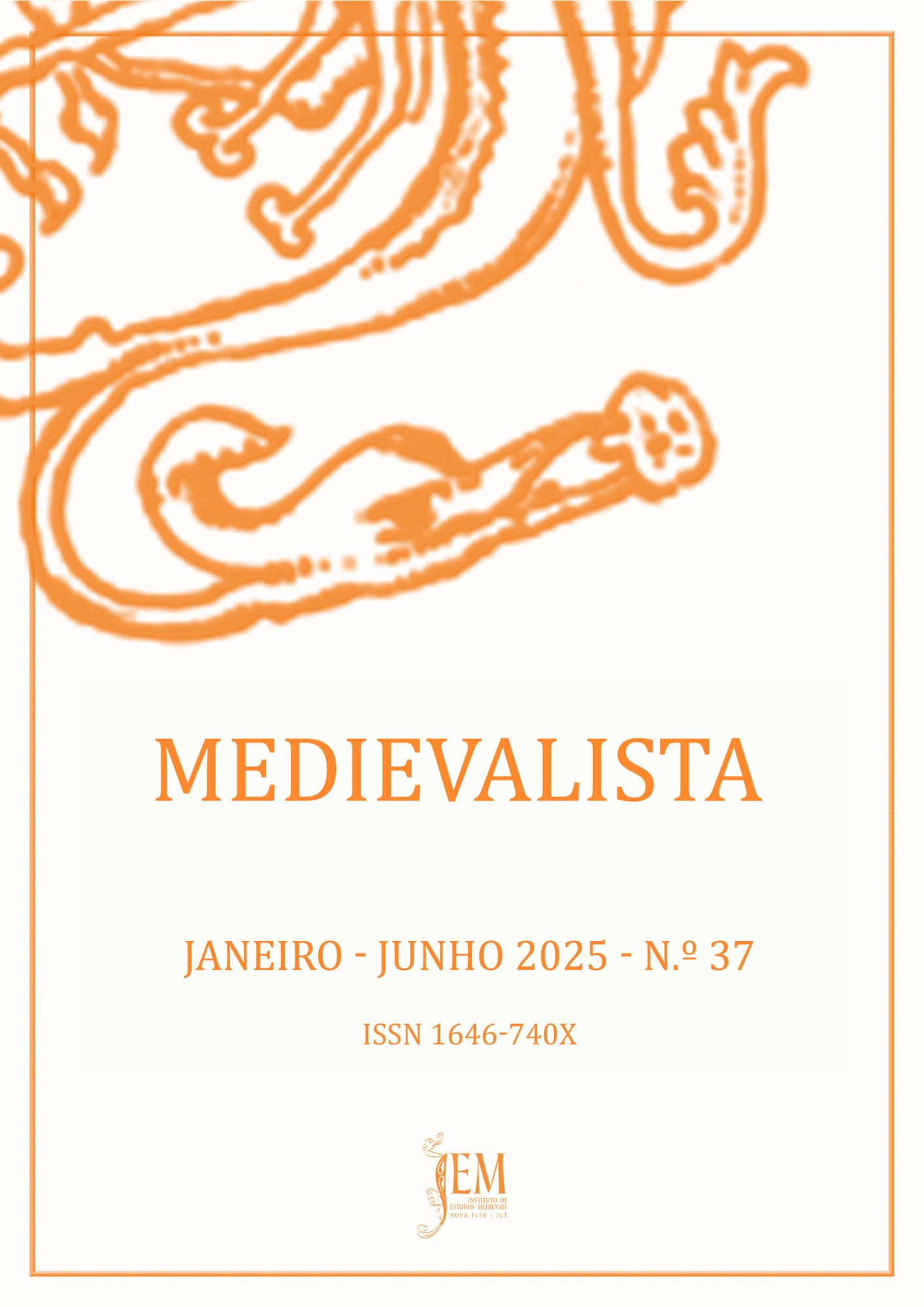The Role of the Beguine Movement in the Commemoration of the Dead in Douai, Thirteenth and Fourteenth Centuries
DOI:
https://doi.org/10.4000/134b8Palabras clave:
Commemoration, Beguines, Charity, Douai, CommunityResumen
Commemoration and caritas were deeply intertwined and in Douai, this relationship was evident in the strategies that testators employed between 1228 and 1362. During this period, Douaisiens’ commemorative strategies brought together existing and new religious institutions and intercessors responsible for the salvation of the parish community. At a time when the penitential movement in the town was flourishing, testators considered beguines as among those efficacious in interceding for their souls. Testators requested pittances, simple prayers, and funerary services. The women performed these services alongside many other intercessors, including the parish church and its personnel, the mendicant orders, and the common poor. Thus, this period in Douai involved the formation of a network of commemoration in which intercessors, including beguines, contributed to the salvation of parishioners.
Descargas
Descargas
Publicado
Cómo citar
Número
Sección
Licencia
Derechos de autor 2025 Medievalista

Esta obra está bajo una licencia internacional Creative Commons Atribución 4.0.




















